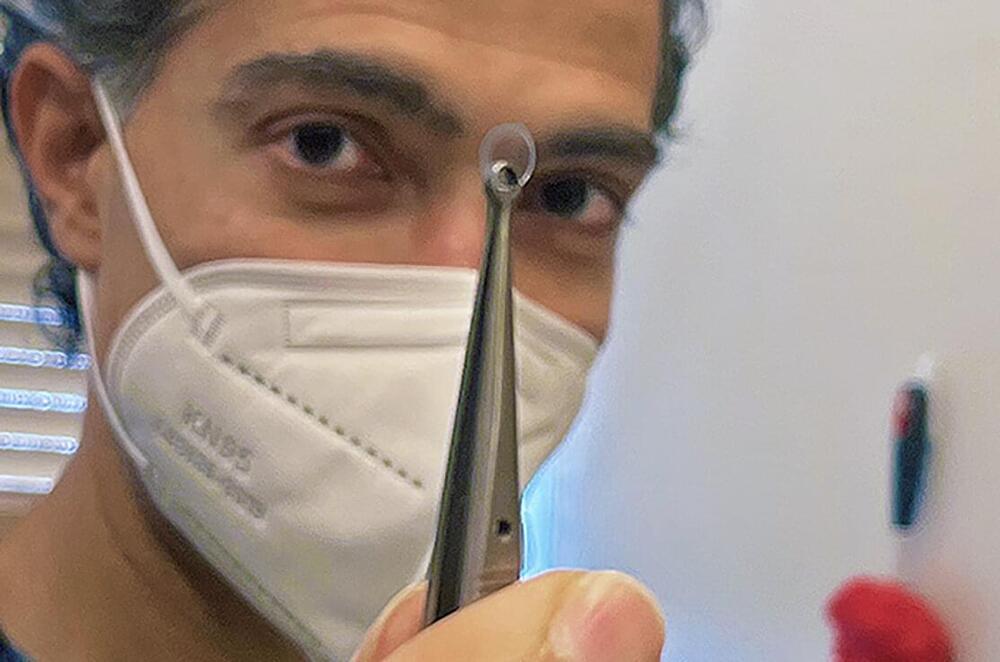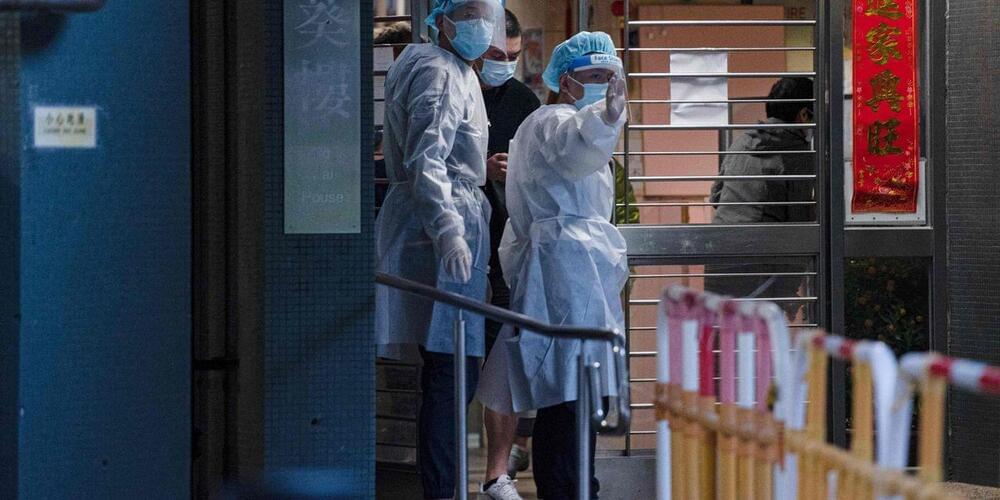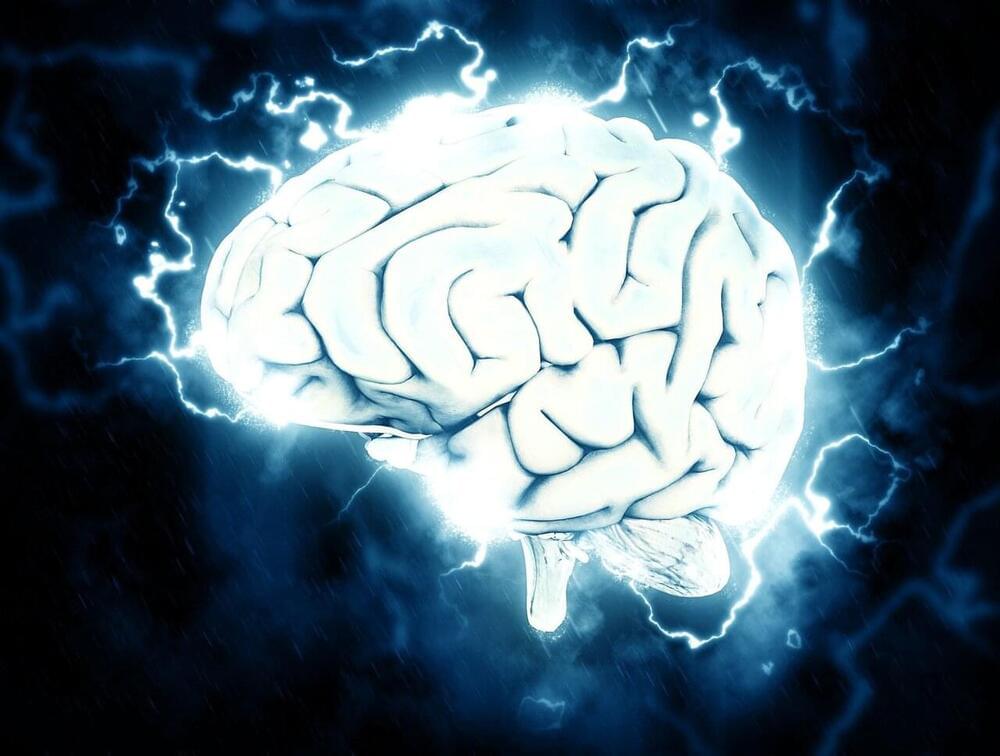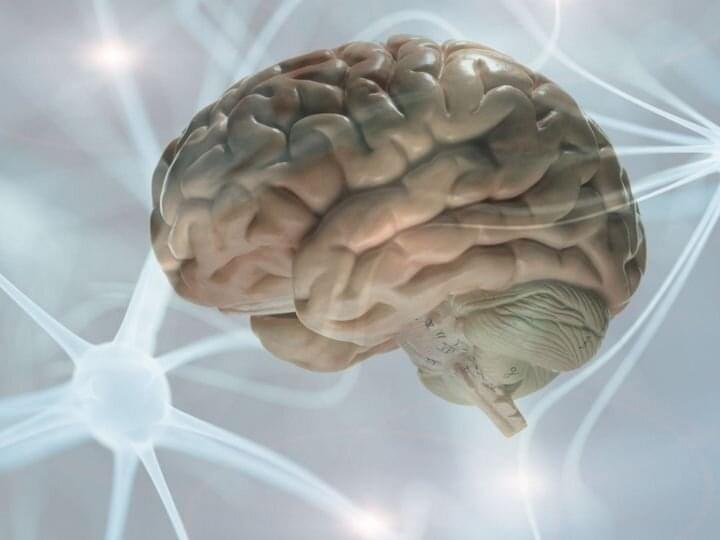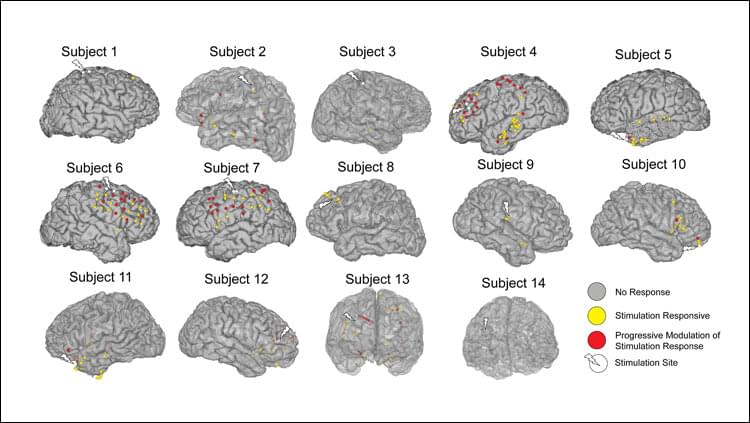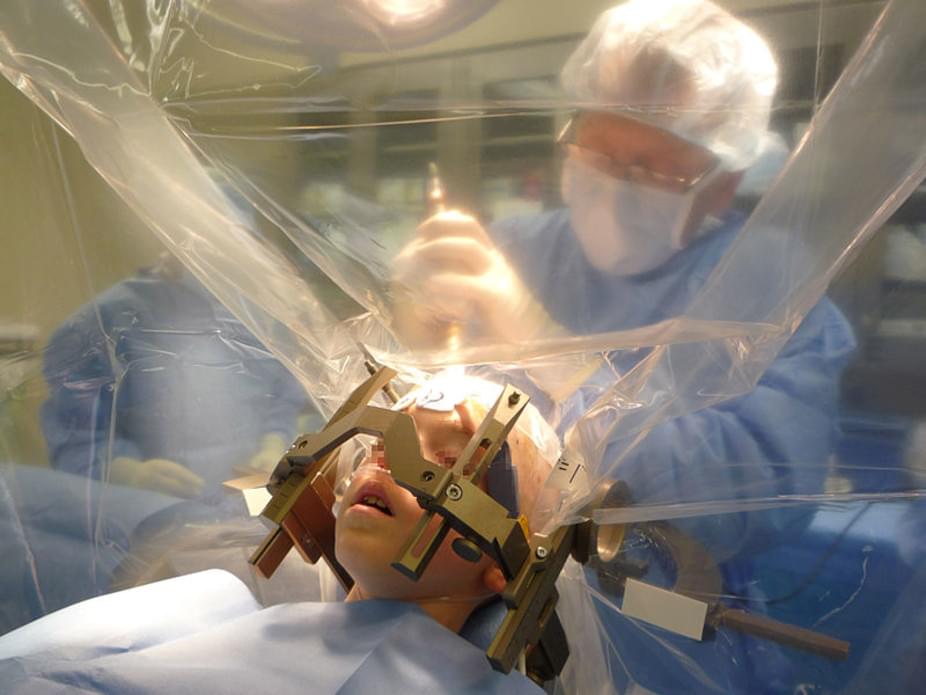China captured a spy tool deployed by the US National Security Agency, which is capable of lurking in a victim’s computer to access sensitive information and was found to have controlled global internet equipment and stole large amounts of users’ information, according to a report the Global Times obtained from the National Computer Virus Emergency Response Center exclusively on Monday.
According to the report, the Trojan horse, “NOPEN,” is a remote control tool for Unix/Linux computer systems. It is mainly used for stealing files, accessing systems, redirecting network communication, and viewing a target device’s information.
Through technical analysis, the center believes that the “NOPEN” Trojan horse is characterized by complex technology, comprehensive functions and strong concealment, which can fit a variety of processor architectures and operating systems. It can also collaborate with other cyber weapons and is a typical tool used for cyber espionage.

